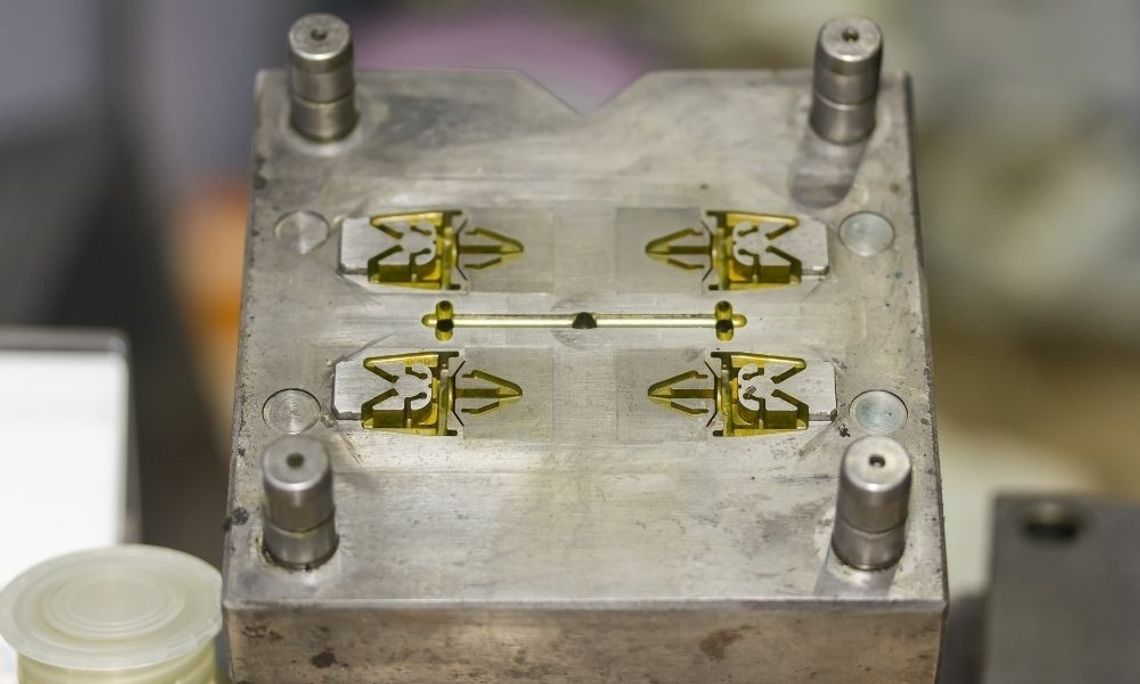Among the wide range of part molding processes in existence, one of the most flexible in terms of design freedom is
reaction injection molding, or RIM. Reaction injection molding is a part molding process that involves injecting a blend of polyol and isocyanate into a heated mold, where it expands and hardens into a final part. This process can create items from medical devices to construction equipment, and many industries implement RIM due to its advantageous design capabilities. Read on to learn about some of the most notable design capabilities of reaction injection molding.
Differing Wall Thicknesses
One of the most beneficial design capabilities of reaction injection molding is the ability to create parts with significant variations in wall thickness. RIM parts can have impressive variations in wall thicknesses between 0.125 inches to 1.125 inches in the same part.
The ability to create this range of wall thicknesses has to do with the low viscosity of RIM materials. This consistency allows RIM materials to easily flow into a mold and fill areas in thinner walls that are more difficult or impossible to reach using other molding methods.
Ability To Overmold or Encapsulate Items
Another design capability of RIM is the ability to overmold or encapsulate items into a part. Because RIM materials have a lower viscosity, the process requires far lower temperatures and pressures than most other molding processes. As a result, designers have the option to encapsulate items like antennas, circuit boards, and batteries into a part without damaging them. Once encapsulated, these items then have an added layer of molded protection, which will facilitate their safe operation in harsh environments.
Capacity To Create Parts With Complex Geometry
As previously stated, the materials used to create RIM parts have an extremely low viscosity when injected into a mold. Because of this, designers can create parts with highly complex geometry rather than just simple products.


Comment
Comments